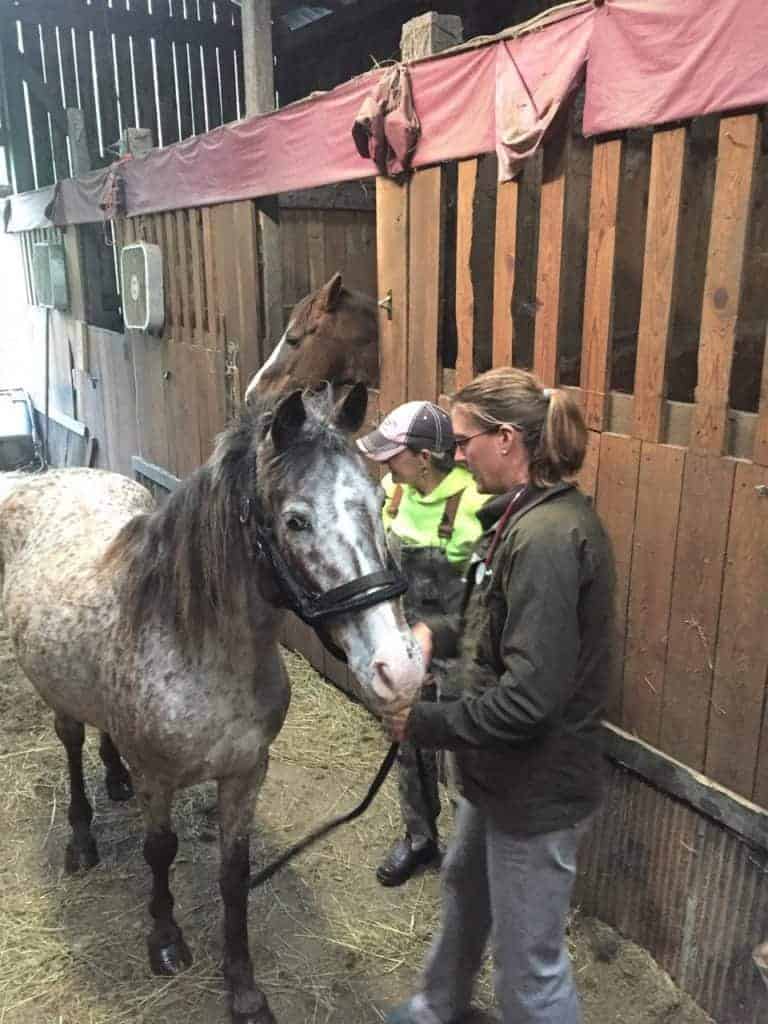Students Committed to Equine Medicine Receive Scholarships
A total of 33 vet students preparing for equine medicine careers have received a combined $102,000 in financial support.
A total of 33 vet students preparing for equine medicine careers have received a combined $102,000 in financial support.

A special splint and cast can produce good fracture healing and pasture soundness in ponies, donkeys, and small horses.

Barbed sutures eliminate the need for knot-tying and distribute tension on the suture line more evenly, researchers say.

The amount of laser light reaching internal structures depends on the horse’s hair and skin thickness and color.

Researchers said the ethogram allowed an assessor to differentiate between clinically lame and sound horses.
The event is held every three years and focuses on new innovations in colic care.

The system measures fat deposits near the stomach and small intestine, around the heart, neck crest, and rump.

Learn about several substances that can cause heart muscle damage and death in horses.

Scientists theorized that hair cortisol levels could help identify early stage pituitary pars intermedia dysfunction.

Squamous cell carcinoma is the most common cancer found in equine eyes and the second most common equine tumor overall.

A PhD student describes her recent experience applying her research skills during an equine community outreach event.

Cantering kept racehorses fitter during periods of reduced exercise intensity than walking or staying stalled.

Causes of collapse in apparently healthy horses range from sleep deprivation and pain to muscle disorders and pregnancy.

EMS horses had less microbial diversity than healthy horses, potentially impairing gut health and affecting metabolism.

Hormone concentrations can help diagnose reproductive problems, determine pregnancy status, and more.

Study results revealed that three commercially available dewormers showed poor efficacy on the majority of farms tested.
Stay on top of the most recent Horse Health news with
"*" indicates required fields